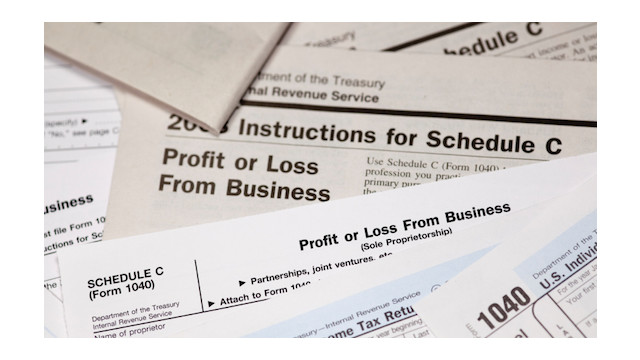Coping With the New Business Interest Deduction Limit
Jul. 30, 2019

In the past, a company could generally deduct all of its business interest expenses, subject to certain restrictions. But the Tax Cuts and Jobs Act (TCJA) placed a brand-new limit on business interest deductions for tax years beginning after 2017. Fortunately, however, many small business owners, including some of your clients, will qualify for a special exception to the rules.
Background: Under the TCJA, the annual deduction for net interest by a business can’t exceed 30% of its adjusted taxable income (AGI). For this purpose, “net interest “is defined as the amount of interest paid or accrued by the business during the year less the amount of interest income included in its income for the year.
Specifically, ATI is business income without regard to:
- Income, deduction, gain or loss not properly allocable to a business
- Business interest income and expense;
- Net operating losses (NOLs);
- The 20% qualified business income (QBI) deduction for pass-through entities; and
- For tax years beginning before 2022, any deduction allowable for depreciation, amortization or depletion.
For tax years beginning after 2021, depreciation, amortization and depletion will be subtracted in the ATI calculation, thereby reducing business interest deductions still further.
Saving grace: The business interest deduction limit doesn’t apply to small businesses with average annual gross receipts for the preceding three years of $25 million or less. Certain related businesses must aggregate their gross receipts for this $25 million threshold. Reason: The law is designed to prevent larger businesses from splitting up into several smaller entities in order to circumvent the limit.
Other special rules apply to pass-through entities. Consider this:
- Partnerships: The business interest limit applies at the entity level, but any interest above the limit is then passed through to the partners and carried forward on their personal tax returns. The partnership also passes through “excess taxable income.” This is the amount by which the deduction limit exceeds the actual interest expense. Partners can offset this amount against unused interest deductions.
- S corporations: In this case, the limit also applies at the entity level. However, unused deductions are carried over at the entity level until they can be offset against the corporation’s taxable income.
Finally, certain real property and farming businesses may elect to opt out of the limit on business interest expense deductions. For this purpose, real property businesses include development, construction, reconstruction, acquisition, conversion, rental, operation, management, and lending and brokerage businesses.
If a business is eligible to make this special election, doing so can provide sizeable tax savings. But there’s a price to pay: Once the election is made, which is irrevocable, the business must depreciate certain business property under the alternative depreciation system (ADS). This generally results in longer recovery periods and smaller annual depreciation deductions.
Practical suggestion: Meet with your business clients. Determine if the business qualifies for the small business exception or if the opt-out election is appropriate for their situation. When possible, encourage other clients to stay below the 30% limit.
